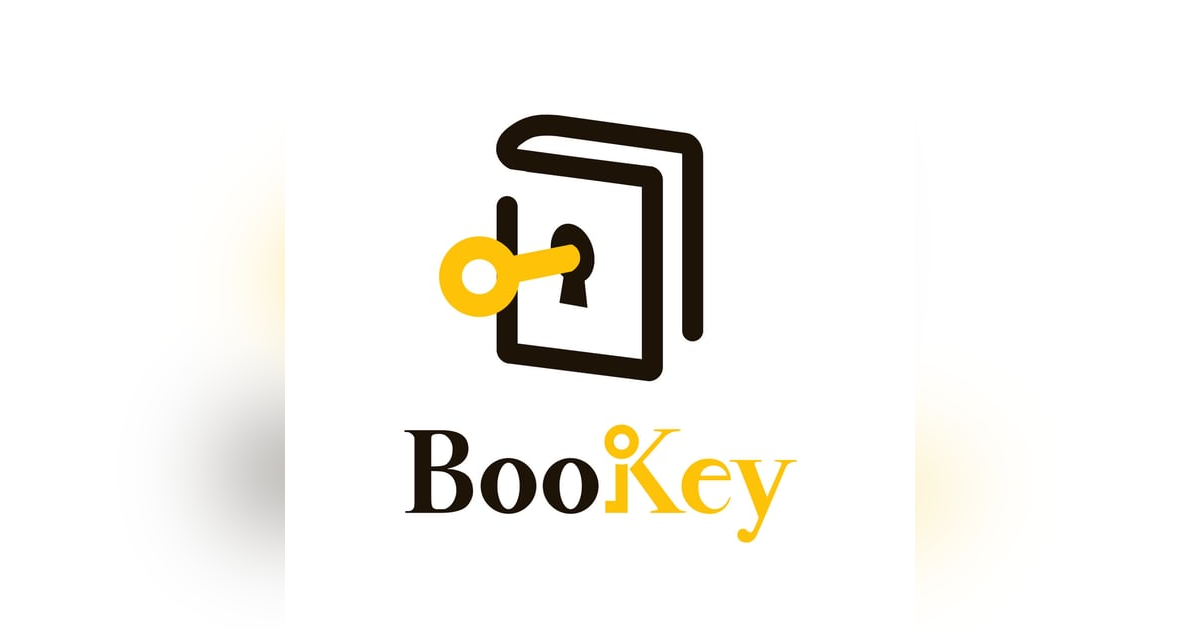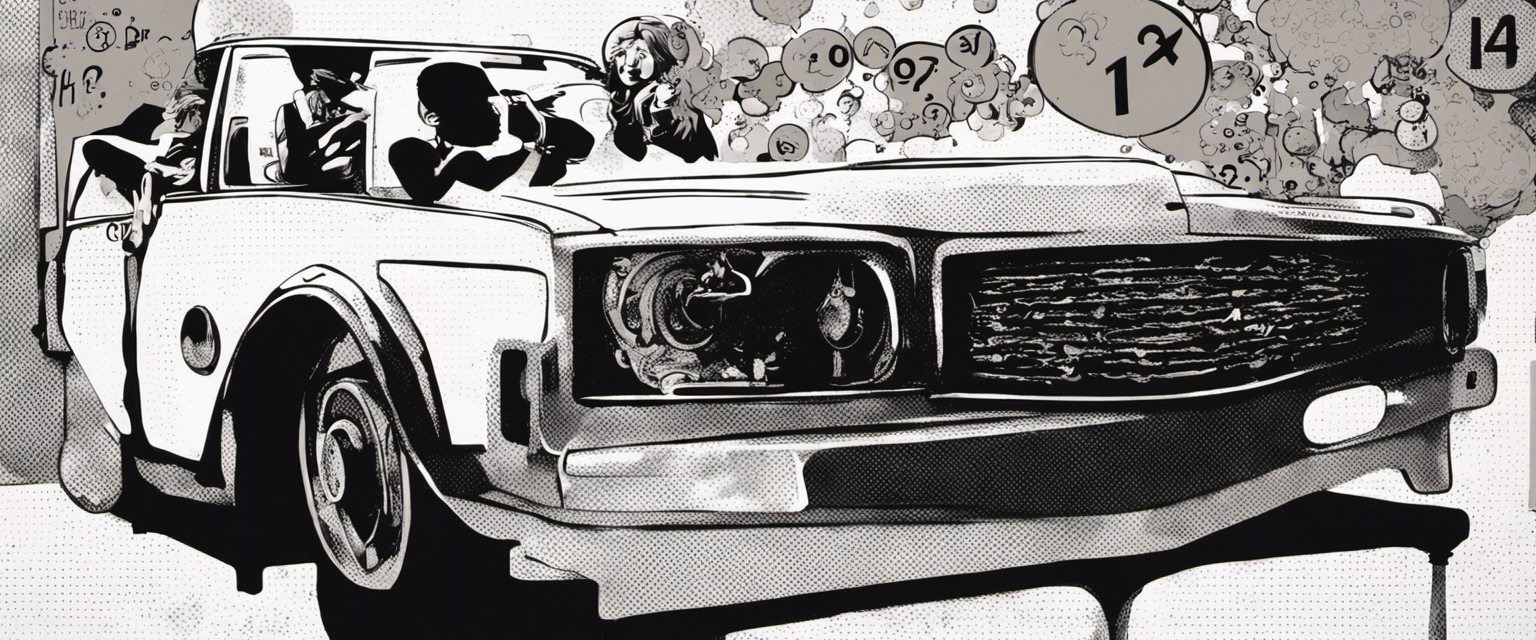
Sign up to get updates from us
By signing up, you agree to receive email from this podcast.
"Nickel and Dimed" is a thought-provoking nonfiction book that explores the realities of low-wage work and the struggles faced by individuals living in poverty.

"Nickel and Dimed: On (Not) Getting By in America" is a nonfiction book written by Barbara Ehrenreich. It was first published in 2001. In the book, Ehrenreich, a journalist and author, explores the experience of low-wage workers in America by taking on a series of low-paying jobs in different regions of the country. She aims to understand the difficulties faced by workers trying to survive on minimum wage and highlights the challenges of poverty, housing, healthcare, and the overall impact of low-paying jobs on individuals and society.
Nickel and Dimed by Barbara Ehrenreich is worth reading for several reasons:
Overall, Nickel and Dimed is worth reading as it sheds light on the realities faced by low-wage workers, challenges societal norms and assumptions, and encourages readers to critically engage with issues of poverty and economic inequality.
Nickel and Dimed is a book written by journalist Barbara Ehrenreich, in which she explores the difficulties faced by low-wage workers in America. The book is based on her experiences working various minimum-wage jobs in different cities across the country.
Ehrenreich's experiment begins in Key West, Florida, where she takes on a waitressing job. However, even with her middle-class background and extensive education, she struggles to make ends meet on the meager wages she earns. She faces long working hours, harassment from customers and managers, and living situations that are barely above homelessness.
Next, Ehrenreich moves to Portland, Maine, and takes on another waitress job, this time at a corporate restaurant chain. She faces similar challenges, with low pay, erratic schedules, and demanding work conditions. She witnesses fellow workers struggling to afford housing and childcare, and realizes the dire situation faced by many low-wage workers.
In the final part of the book, Ehrenreich goes to Minneapolis, Minnesota, where she takes on multiple low-wage jobs simultaneously. She experiences back-breaking labor in housekeeping and finds herself physically exhausted and emotionally drained. She notes the lack of benefits, paid sick leave, and job security that many workers face.
Throughout the book, Ehrenreich reflects on the psychological toll of poverty on individuals and families. She finds that even with her advantages, it is incredibly difficult to escape poverty and make a livable wage. She criticizes the American economy and social system for perpetuating low-wage jobs and for failing to provide workers with a decent standard of living.
Overall, Nickel and Dimed provides a critical insight into the struggles faced by low-wage workers in America. It sheds light on the systemic issues that contribute to poverty and inequality, and challenges readers to consider the ethical implications of a society that perpetuates such conditions.
Barbara Ehrenreich is a prominent American author, activist, and journalist known for her investigative journalism and social commentary. She was born on August 26, 1941, in Butte, Montana, United States.
Ehrenreich released the book "Nickel and Dimed: On (Not) Getting By in America" in 2001. It is one of her most well-known works and chronicles her experiences as an undercover journalist, living and working in low-wage jobs to investigate the struggles faced by the working poor in the United States.
In addition to "Nickel and Dimed," Barbara Ehrenreich has written several other books on a range of topics. Some of her notable works include:
As for the best edition of these books, it is subjective and depends on individual preferences. However, most of Ehrenreich's books are widely available in multiple editions, including paperback, hardcover, and e-book. It is recommended to check popular online retailers or local bookstores for the latest editions and formats.
"Nickel and Dimed" by Barbara Ehrenreich is a non-fiction book that explores the hardships faced by low-wage workers in America. The main meaning of the book is to shed light on the issue of poverty and income inequality in the United States.
Ehrenreich conducts a social experiment, where she goes undercover and takes on low-wage jobs in various cities across the country, living on the wages she makes. Through her experiences, she exposes the challenges faced by working-class individuals, including long hours, low pay, limited benefits, and difficult working conditions. She also highlights the systemic issues that perpetuate poverty, such as the lack of affordable housing, insufficient healthcare, and the exploitation of workers in industries such as retail and service.
The book's meaning is to provide insight into the struggles faced by the working poor population and to challenge the popular notion that poverty is solely the result of personal failures or lack of effort. It emphasizes the need for systemic change, better labor protections, higher minimum wages, and improved social support systems to address the issue of poverty and income inequality in America.
The main theme of "Nickel and Dimed" by Barbara Ehrenreich is the struggle of low-wage workers and the challenges they face in trying to make a living. The book explores the experiences of the author as she works low-wage jobs in different cities across the United States, highlighting the difficulties she encounters in trying to meet basic needs and the dehumanizing nature of these jobs.
Another theme in the book is the invisibility of low-wage workers in society. Ehrenreich depicts how these workers are often ignored or marginalized, and how their struggles are often unseen by those in more privileged positions. The book also sheds light on the systemic issues that contribute to low wages and the cycle of poverty that many workers find themselves trapped in.
Another central theme is the injustice and inequality inherent in the American economic system. Ehrenreich exposes the flaws in the so-called "American dream," showing how hardworking individuals still struggle to make ends meet and are subjected to harsh working conditions. She criticizes the lack of social and economic support systems in place to help low-wage workers, and questions the fairness of a society that allows millions of people to live in poverty.
Overall, "Nickel and Dimed" examines the harsh realities of low-wage work and the impact it has on individuals and society as a whole. It encourages readers to challenge the status quo and consider the structural changes needed to create a more equitable society.
If you're on the hunt for "Nickel and Dimed" presented in various formats along with concise summaries, we suggest checking out platforms like Bookey. They offer an extensive collection of books in diverse formats and provide short summaries that give you a quick glimpse into each book's content. This is particularly advantageous if you seek a comprehensive overview without investing excessive time. For a more visual approach to exploring the book, we highly recommend visiting YouTube where you can discover a wealth of video material on Nickel and Dimed. Additionally, you'll find peripheral presentations related to the book, such as Barbara Ehrenreich on Nickel and Dimed - The John Adams Institute, which delve deeper into its subject matter and provide informative content. However, we regret that we cannot directly offer a PDF version of Nickel and Dimed. Our main goal through this post is to introduce the value of the book and provide alternative reading options. Happy reading!
Nickel and Dimed quotes as follows:
Book Recommendation: Defying Economic Injustice
It's a book that delves into the concept of ikigai, a Japanese term that encompasses the idea of finding purpose and meaning in life.
David K. Shipler's poignant exploration of poverty in America provides a powerful examination of the cycle of low-wage work and its impact on individuals and families. By delving into the daily struggles faced by the working poor, Shipler offers insight into the various systemic barriers that perpetuate economic inequality and offers suggestions for change.
Katherine Boo's narrative nonfiction takes readers to the Annawadi slum in Mumbai, India. Through the stories of individuals striving for upward mobility in a world of overwhelming poverty, Boo unveils the complexities of life in an undercity. This powerful and emotionally charged book sheds light on the universal struggles faced by the impoverished, regardless of geographical location.
J.D. Vance's memoir explores the effects of rural poverty and the decline of industrial America on white working-class communities. From his own upbringing in a volatile Appalachian family to his eventual success, Vance examines the challenges and cultural factors that shape the lives of those stuck in the cycle of poverty, offering a compassionate and thought-provoking perspective.
In this eye-opening work, Edin and Shaefer vividly portray the realities faced by families living in extreme poverty in the United States. Through in-depth interviews and extensive research, they uncover the alarming rise of households surviving on virtually no income, exposing the fundamental flaws of the welfare system and the urgent need for change.
By exploring these books, readers will gain a comprehensive understanding of the diverse aspects of poverty, income inequality, and economic injustice that continue to plague societies around the world. These narratives provide a powerful call to action, highlighting the need for systemic change and a renewed commitment to social justice.